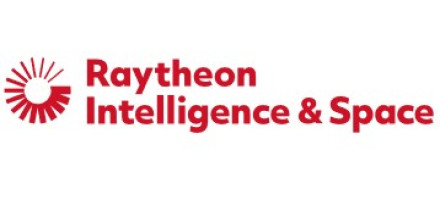Rationalizing the Army’s “Need for Speed”
BlogApril 13, 2022

For most of the last decade, both the U.S. Department of Defense (DoD) and the U.S. Congress have bemoaned the slow pace of weapons-systems acquisition for equipping the country’s warfighters. A 2020 study from the Center for Strategic and International Studies (CSIS) found the average cycle time for a major defense acquisition program (MDAP) – defined as the time it takes from Milestone B (the official start of a program) to the declaration of Initial Operational Capability (IOC) – to be nearly seven years.
There are myriad justifiable reasons for this lengthy development timeline – complexity, shifting requirements, and the simple fact that doing new things is fundamentally hard, to name just a few. Regardless of the reasons, it does not change the reality that the DoD and the defense industry must move faster to field relevant solutions to counter the growing threat our adversaries pose. To realize the imminence of these ever-advancing threats, one needs to look no further than current headlines.
Both DoD and industry are taking necessary steps to speed acquisition, and together have made significant progress. However, if we are to truly accelerate fielded capabilities that can provide a meaningful advantage for the warfighter, then we must re-examine our perspective on innovation.
We often too quickly assume innovation must involve the development of a new platform, sensor, or some other widget. In fact, innovation could simply be finding new ways of using what we already have and recalibrating it to a higher order of effect. As former Under Secretary of Defense for Policy Michèle Flournoy testified during March 2022 to the Senate Armed Services Committee, there is a need for “a near-term effort to strengthen deterrence in the next two to four years using the capabilities we already have in hand in new ways.” This approach would enable the U.S. to maximize the aggregated potential of existing assets and gain advantages without the burden of lengthy development timelines. One instance where this method may prove particularly promising is in enabling multidomain operations for the U.S. Army.
Today’s Army has access to more battlespace data than at any point in its history. A wide array of intelligence systems and sensors generate an unimaginable volume of data. In a wartime scenario, an Army commander must comb through, analyze, and combine that data to nominate targets. Before the current evolution in the character of warfare, the Army had the luxury of time in making those selections. However, with our adversaries extending the speed, range, and sophistication of their weapons, speed to decision is now at a premium. Couple that “need for speed” with an overwhelming mass of data and the challenge becomes clear: How do we use existing data sources in new ways to prosecute targets and perform battle dam-age assessment in exponentially less time with greater confidence?
The key is to take existing technologies and combine them in new ways. There are three ready-now technologies that can be used today to field a solution that will address the Army’s targeting challenge: open systems architecture, automated targeting algorithms (ATAs), and automation.
Employing open systems architecture is essential to ensuring that a reimagined targeting system is fielded quickly and remains relevant for years to come. By starting with a truly open design, the Army unlocks the full potential of industry, making room for traditional and nontraditional partners alike. This approach breaks the dependency on a single vendor, puts greater emphasis on speed, and creates continuous cycles of competition for future upgrades.
Another critical capability is the use of automated targeting algorithms (ATA), which automatically identify an object in question while simultaneously pinpointing its location. When coupled with the use of 3D cloud point technology – the creation of a 3D representation of Earth using 2D images – ATAs enable long-range precision targeting for every pixel of an image within seconds. This approach dramatically speeds up targeting nominations without sacrificing decision quality.
The last critical element for enabling multidomain targeting is widespread automation. Many of the processes used today for targeting solutions are manual; the capability exists today to use automation to rapidly task sensors, receive and process data, and exploit multiple intelligence data to seamlessly disseminate targeting information to operators, enabling operators to focus on making decisions rather than completing laborious manual tasks. Automated tools can monitor events in real time, alerting users to potential threats, detecting anomalies, and tracking behaviors of interest.
While these capabilities may sound futuristic and far-off, the reality is they predominantly exist today. To quickly address the serious threats facing the U.S., we would be wise to remember and act on these words from Teddy Roosevelt, “Do what you can, with what you have, where you are.”
Matt Donovan is vice president of Requirements & Capabilities, Raytheon Intelligence & Space.
Raytheon Intelligence & Space · https://www.raytheonintelligenceandspace.com/








